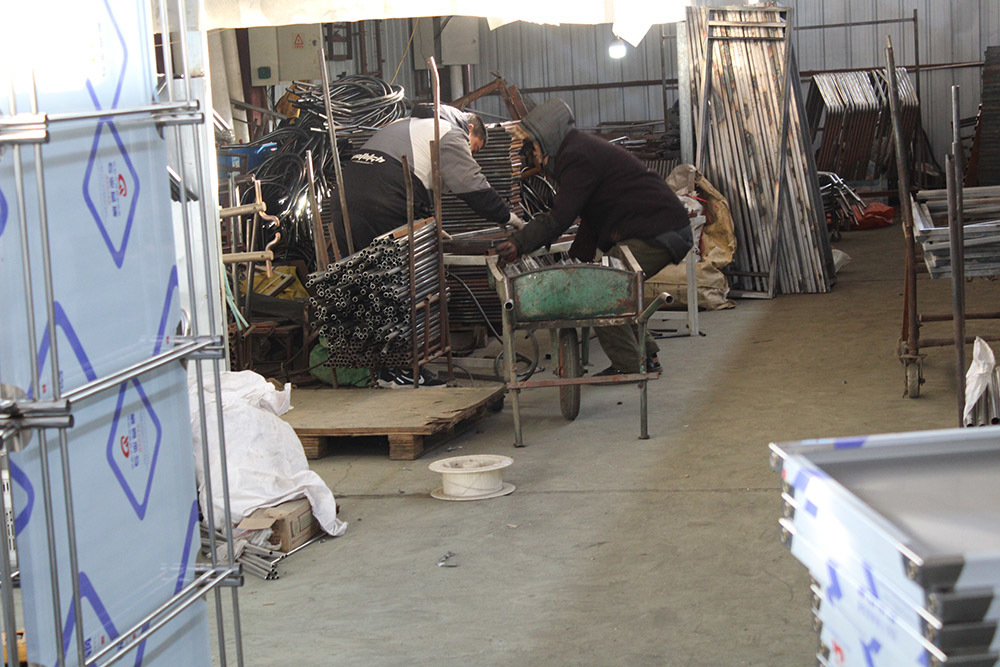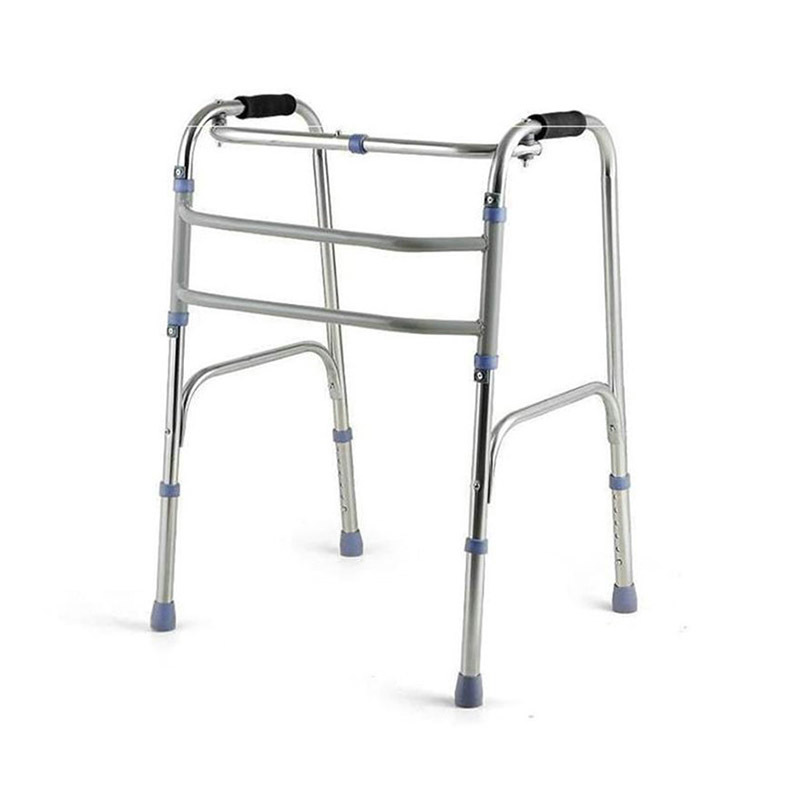

A walking aid, also known as a walking aid, is a device that assists the human body in supporting weight, maintaining balance, and walking through the support of instruments. Its main function is to support the center of gravity of the human body, assist or replace limb functions, reduce the burden on the affected limb, maintain lower limb stability, and facilitate the use of special populations such as the elderly, patients, and disabled who have difficulty with their legs and feet.
Applicable audience and scenario
The walking aid is mainly suitable for the following groups and scenarios:
Patients with unstable walking, shortened lower limbs, inability to support one lower limb, or gait imbalance, such as paralyzed patients, patients with lower limb muscle dysfunction and weak muscle strength.
For patients with joint dysfunction such as waist, hip, knee, ankle, etc.: The walking aid can be used to assist walking and can also be used as a stool when tired, making it a safe, secure, and comfortable rehabilitation tool.
Home care and rehabilitation institutions: Walking aids are also commonly used auxiliary equipment in home care and rehabilitation institutions, which can help users better carry out rehabilitation training and self-care.
Usage and precautions
usage method:
Before use, adjust the height and angle of the walker according to the user's height and body shape to ensure that the user feels comfortable during use.
Grasp the handle of the walking aid and lift it up and move it forward a certain distance (usually 15-20 centimeters).
Lower the walking aid and make sure all four feet are on the ground to ensure stability.
Slowly move your feet forward until your heels are about parallel to the back of the walker, and then take the next step.
matters needing attention:
The foot end of the walker should have a rubber pad to enhance the friction and stability of the walker. The rubber pad should have a wide surface, grooves, strong adhesion, and good elasticity. Before each use, check whether the rubber pad and screws are deformed or damaged. If they are damaged, they should be replaced again.
Avoid walking on damp ground, low light, and with obstacles to prevent slipping or tripping.
When using a walking aid, socks should be worn and slippers or high heels should be avoided.
When using a walking aid for the first time, it should be done under the guidance of a professional to ensure proper use and avoid potential risks.
If you feel uncomfortable or tired during use, you should rest in a timely manner and seek help.
Our factory
 |
 |
 |
 |
Qualification honor
Key Words


Mobility Aid
Classification
Get Quote
Note: Please leave your contact information and our professionals will contact you as soon as possible!













